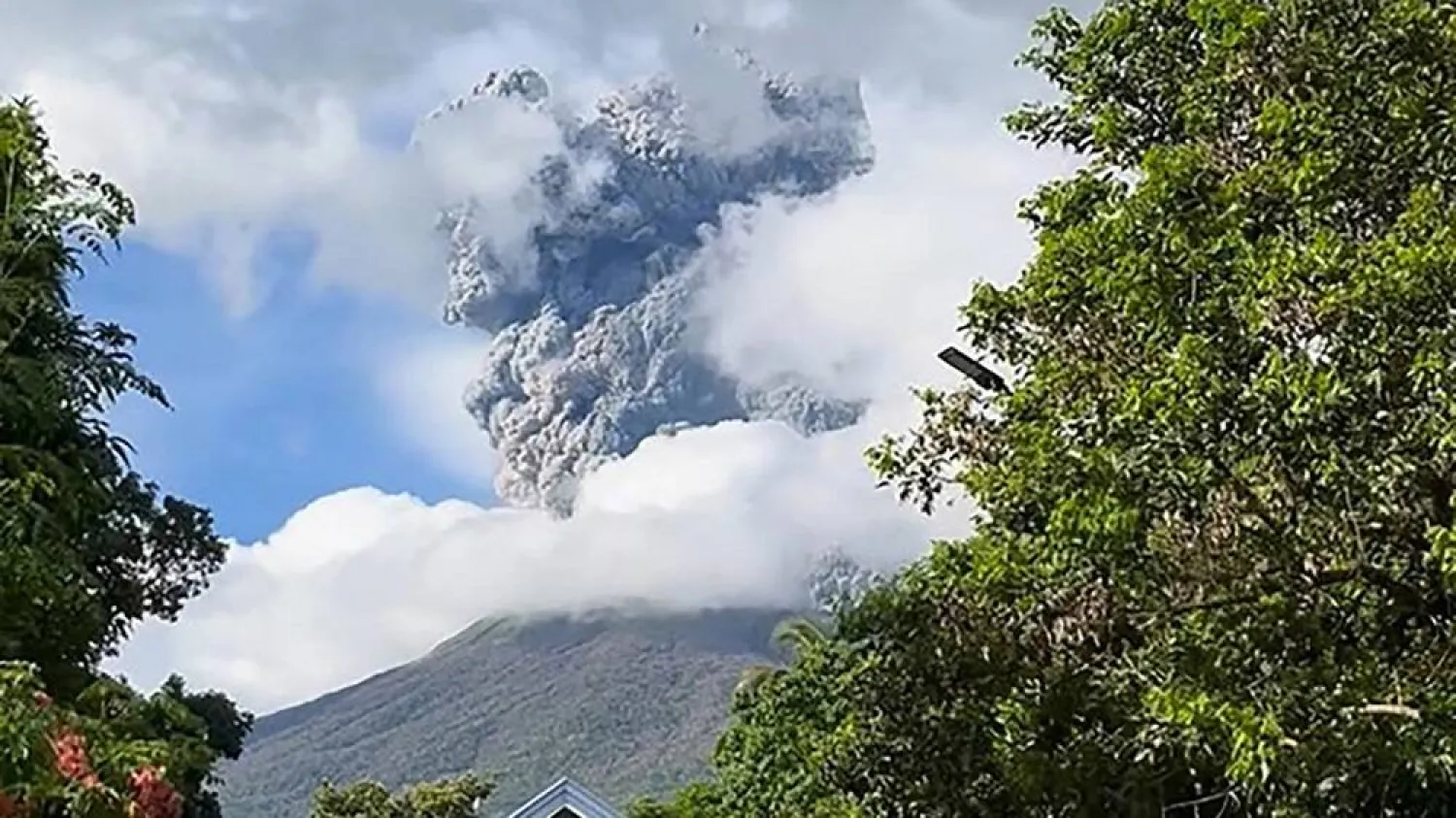Researchers in Zurich said they have developed a more sustainable and healthier means of making chocolate, a snack that's as much associated with fat as it is with carbon emissions, dpa reported.
"Our process uses solely cocoa pod components in the chocolate," said the team led by Kim Mishra from the Swiss Federal Institute of Technology in Zurich (ETH) in the journal Nature Food.
"It also has comparable sweet taste as traditional chocolate while offering improved nutritional value with higher fibre and reduced saturated fatty acid content."
In addition, the production of this chocolate could "reduce land use and global warming potential compared with average European dark chocolate production," they said, according to dpa.
As the cocoa beans only make up a relatively small proportion of the harvested fruit, both the land area and greenhouse gas emissions associated with this crop are comparatively high.
"Therefore, an increased utilization of other parts of the cocoa pod, such as the pulp and cocoa pod husk, could not only contribute to income diversification among farmers but also reduce major environmental impacts during the cultivation phase," the researchers write.
The elongated cocoa fruit has a hard outer layer. If you cut open the fruit, you can see the shell and the cocoa beans lined up inside, each surrounded by light-coloured pulp. In the new process, the cocoa beans from Ghana were roasted, shelled, ground and sterilised as usual, resulting in the cocoa mass.
The team then utilized the inner part of the cocoa fruit shell and processed it into a powder. This was mixed with some of the pulp to create a sweet jelly. This replaced the granulated sugar normally added to the new chocolate.
The study's authors say that despite the necessary additional processing this chocolate recipe is on average more environmentally friendly than the conventional one.
According to the ETH, the cocoa fruit chocolate has a slightly higher fibre content than an average European dark chocolate thanks to the cocoa jelly used as a sweetener - 15 grams compared to 12 grams per 100 grams. It also contains only 23 grams of saturated fatty acids compared to 33 grams in an average European dark chocolate.
Small farmers could use the new chocolate to market other components of the fruit and thus gain additional income, the researchers write. Only the outer skin of the fruit remains, which, according to ETH, is traditionally mainly used as fuel or composted.
Mishra says their chocolate is "appealing and comparable in terms of flavour." Sadly for all chocolate lovers with a conscience, it will be some time before chocolate using this recipe can be bought in shops.
"Now, the entire value chain has to be completed, starting with the cocoa farmers, who need drying facilities. Only when enough powder is produced by the food processing company can the cocoa fruit chocolate be produced and marketed on a larger scale by a chocolate producer." ETH has applied for a patent for the recipe for cocoa fruit chocolate.







